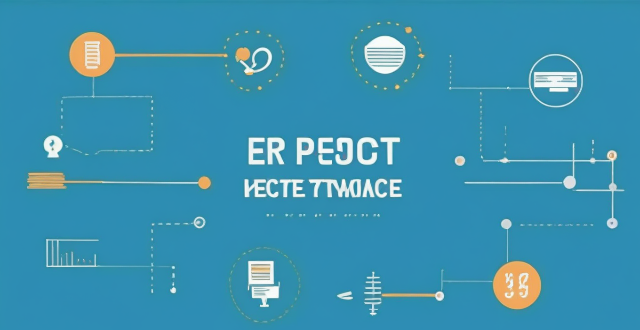Smart contracts are self-executing contracts with the terms directly written into code, operating on a decentralized blockchain network. Key features include autonomy, trustless transactions, immutability, and traceability. The working mechanism involves deployment, execution based on predefined conditions, verification through consensus algorithms, and settlement updating contract states. Benefits encompass efficiency, transparency, security, and the removal of intermediaries. Challenges include legal recognition, coding errors, and handling complex logic. Smart contracts revolutionize traditional contract law by enabling secure, automated, and transparent transactions on blockchain networks.

How Do Smart Contracts Work?
Smart contracts are self-executing contracts with the terms of the agreement between buyer and seller being directly written into lines of code. The code and the agreements contained therein exist across a distributed, decentralized blockchain network.
Key Features of Smart Contracts
- Autonomous: Smart contracts operate autonomously without any need for intermediaries or central authority.
- Trustless Transactions: They allow trustless transactions as every action is tracked on the blockchain.
- Immutable: Once deployed, smart contracts cannot be altered, ensuring their integrity.
- Traceable: All transactions are recorded on the blockchain, making them transparent and traceable.
Working Mechanism
1. Deployment
First, a smart contract needs to be created and deployed onto the blockchain by a developer. This involves writing the contract in a programming language such as Solidity (for Ethereum), then compiling and deploying it to the blockchain.
pragma solidity >=0.4.22 <0.7.0;
contract SimpleAuction {
// ... Code for the smart contract
}
2. Execution
When certain predefined conditions are met, the smart contract executes automatically. For instance, if a payment of a specific amount is received, the contract might trigger the transfer of ownership of an asset from the seller to the buyer.
3. Verification
The execution results are verified by nodes on the network through consensus algorithms like Proof of Work or Proof of Stake. If the majority agrees on the outcome, the transaction is added to the blockchain.
4. Settlement
Once verified, the transaction is settled, and the state of the contract changes accordingly. This could involve updating account balances, transferring tokens, or recording data.
Benefits of Smart Contracts
- Efficiency: Automated processes reduce time delays and costs associated with manual handling.
- Transparency: Every participant in the network can view the contract's code and transactions.
- Security: Cryptographic protocols protect contracts from unauthorized access or changes.
- Removal of Intermediaries: Direct peer-to-peer transactions eliminate the need for third-party involvement.
Challenges
Despite their advantages, smart contracts also face challenges such as lack of legal recognition, potential errors in code, and limitations in handling complex logic.
In conclusion, smart contracts revolutionize traditional contract law by enabling secure, automated, and transparent transactions on blockchain networks. As technology advances, we can expect further enhancements in smart contract capabilities and wider adoption across various industries.